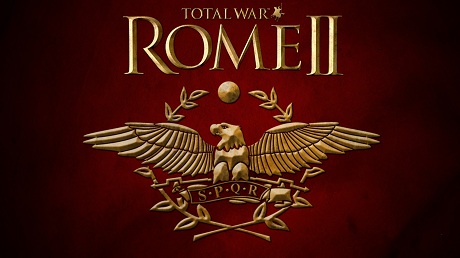Assault Dieres - Mercenary Egyptian Infantry
With a ramming attack that can break an enemy hull, these ships are deadly weapons.Mercenaries, used to hardship on campaign, are always a sound investment.
The waterline ram was first mounted on a vessel in around 850BC. Warships and naval tactics were transformed. Ships were no longer platforms for infantry battles on the water; the ship itself became the weapon. Galleys changed as the new reality sank in. Ramming at speed would hole and sink an enemy, therefore slimmer, faster, handier ships were required. More speed on demand obviously required more oars a fast ship with a single row of oars ended up being stupidly, impractically long. The solution, then, was to put in a second set of oars above the first, but slightly offset to allow for rowers' benches. These biremes, a Latin word meaning 'two oars', or dieres, the Greek equivalent, were no longer than previous designs but had twice the number of rowers. They were fast, manoeuvrable, and could carry a fighting contingent. Some nations also gave their bireme crews fire pots; these clay pots filled with oil and pitch were hurled at enemy ships in the entirely reasonable hope of setting them ablaze.
(Mercenary Egyptian Infantry)
Native troops supported the Greek phalanxes of Ptolemaic Egypt. Brave and proud warriors, Egyptians fulfilled several roles, but were most commonly used as peltasts, skirmishers on the flanks of the phalanxes, or as non-phalanx infantry in difficult terrain. Although the Ptolemies adopted all the trappings of the Pharaohs and their religious infrastructure, there was still much unrest among the native population long after the succession. This was due mainly to the way the Greek overlords used the traditions of the Pharaohs to fill their coffers at the expensive of ordinary people. The core of Ptolemaic armies was always Greek until the Battle of Raphia in 217BC, when they faced such a large Seleucid force and Ptolemy IV was forced to muster some 30,000 native Egyptians for the first time. Need overcame the suspicion of the disenchanted natives; the performance of the Egyptians in battle eventually led to a greater proportion of native troops in the Egyptian army and, in time, more diverse roles for those men as they gained the trust of their Greek commanders.
Unit Name Assault Dieres - Mercenary Egyptian Infantry |
Main Unit Key Mer_Egy_Nile_Barge |
Land Unit Key Mer_Egy_Inf |
Naval Unit Key egyptian_two |
Soldiers 60 |
Category Light Ship |
Class Melee Ship |
Custom Battle Cost 350 |
Recruitment Cost 350 |
Upkeep Cost 260 |
Missile Damage 32 |
├ Missile Weapon rome_javelin_precursor |
├ Projectile javelin_prec |
├ Missile Damage 20 |
├ Missile Ap Damage 12 |
└ Base Reload Time 15 |
Accuracy 5 |
Range 40 |
Reload 0 |
Shots Per Minute 4 |
Ammunition 2 |
Ship Health 501 |
└ Ship egyptian_two |
Ship Speed 7 |
Melee Attack 16 |
Weapon Damage 24 |
├ Melee Weapon rome_shortsword |
├ Melee Damage Base 20 |
├ Melee Damage Ap 4 |
├ Armour Piercing No |
├ Bonus vs. Large 0 |
├ Bonus vs Elephants 0 |
└ Bonus vs Infantry 0 |
Charge Bonus 8 |
Melee Defence 46 |
├ Base Defence 16 |
├ Shield celtic |
└ Shield Defence 30 |
Armour 55 |
├ Armour padded |
├ Armour Defence 20 |
└ Shield Armour 35 |
Health 45 |
├ Man Entity rome_infantry_medium |
├ Man Health 40 |
└ Bonus Hit Points 5 |
Base Morale 30 |
Abilities
Assault Dieres- Row Hard 10
Increases speed for 10 strokes.
Ship speed
Attributes
- Hide (forest)
This unit can hide in forests until enemy units get too close. - Resistant to Heat
This unit tires less quickly in the desert.
Strengths & Weaknesses
Assault Dieres- Very poor hull strength
- Very light crew
- Fast speed
- Weak ramming
- Good boarding
- Average attack
- Weak defence
- Average damage but low armour penetration
- Poor morale
Faction Mercenaries Pool
| Mercenaries Pool | ||||||
|---|---|---|---|---|---|---|
| No. | Pool | Faction | Initial Unit Count | Chance To Replenish | Max Replenish Per Turn | Max Count |
| 1 | rom_faction_pool_naval_egyptian | 1 | 0.15 | 1 | 1 | |


 Français
Français Italiano
Italiano Deutsch
Deutsch Español
Español Русский
Русский Čeština
Čeština Polski
Polski Türkçe
Türkçe 简体中文
简体中文 正體中文
正體中文 日本語
日本語
